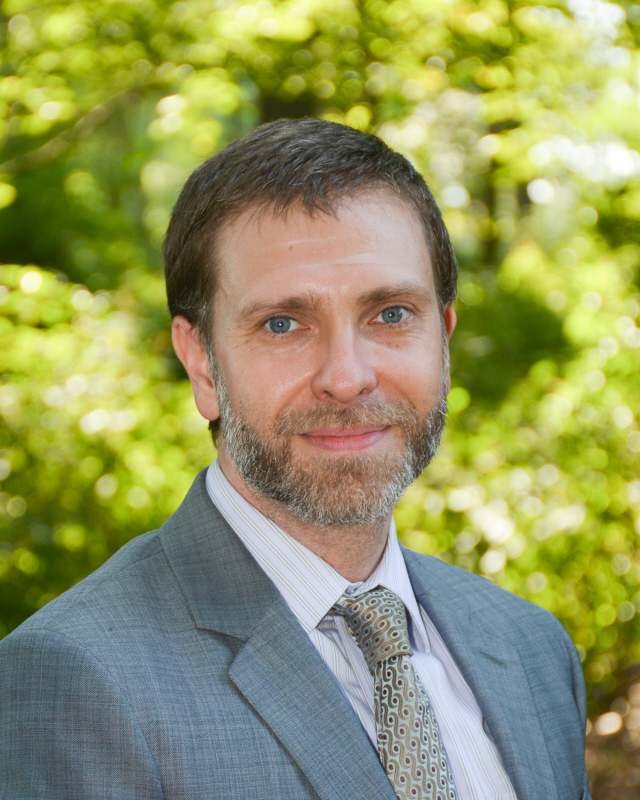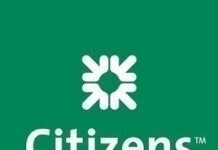Providence Country Day educator Matthew Mena-Landry has been teaching an innovative course that combines two disciplines – computer programming and creative writing. The course, called Creative Coding and Storytelling, has earned him an invitation to speak at the International Society for Technology in Education’s annual EdTech Conference.
Mena-Landry is PCD’s director of library and academic technology, and his talk at EdTech in Philadelphia in June will focus on the future of teaching and learning in the digital age. He answered five questions from PBN about his Creative Coding and Storytelling course at Providence Country Day, a private middle school and high school in East Providence.
PBN: Most computer science classes focus on math, science, engineering – what are the benefits of involving the humanities in a computer science course?
MENA-LANDRY: Computer science does not operate in a vacuum. Programming will continue to grow in focus of making decisions for people and about people. Philosophy, sociology and the humanities, in general, are just as important to the coding process as skills in math and science.
PBN: What led you to implement this interdisciplinary course at PCD?
MENA-LANDRY: I’ve taught both storytelling and computer science and, for me, the two disciplines are related. I see programming as a creative endeavor in that building a program is like creating a story. Combining the two allows students to build on problem-solving skills while revealing their own creative potential.
PBN: What kind of response have you gotten from educators in the individual disciplines of computer science and the humanities? Skeptical? Do they see the benefits immediately? Are they won over?
MENA-LANDRY: It’s more misunderstanding than skepticism. While creative coding – the use of programming for creative expression – is growing in popularity, few schools are exploring how coding can be used within a humanities curriculum to teach students about the narrative and storytelling process. We’re just now tapping into the ways the interdisciplinary model can help students learn as both developers and designers.
PBN: Give an example of an assignment/project in the Creative Coding and Storytelling course.
MENA-LANDRY: During the semester, students used Twine software to create a “choose your own adventure” story. Their interactive stories were presented in the form of a web page but through a series of choices allowed the audience an interactive and unique user experience.
PBN: At the 2019 ISTE, you’ll be sharing your findings from the course. What advice would you give educators interested in doing their own version of Creative Coding and Storytelling?
MENA-LANDRY: Carve an equal amount of time to wholly teach both disciplines. Some students were comfortable coding but needed more time to form their story. Others were the opposite. The additional time will allow students to think about how each discipline can help them develop skills in the other.
William Hamilton is PBN staff writer and special projects editor. You can follow him on Twitter @waham or email him at hamilton@pbn.com.













